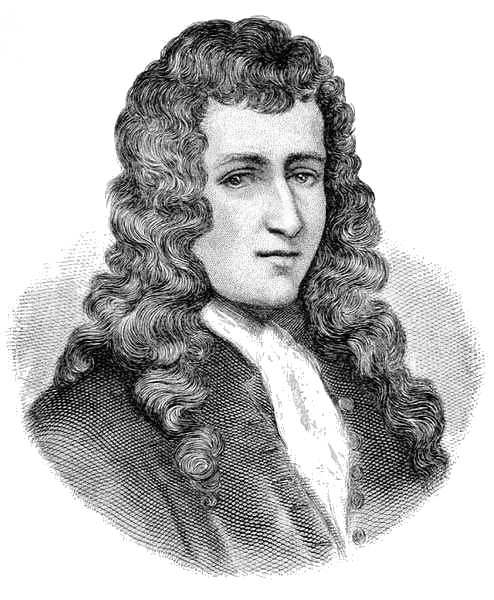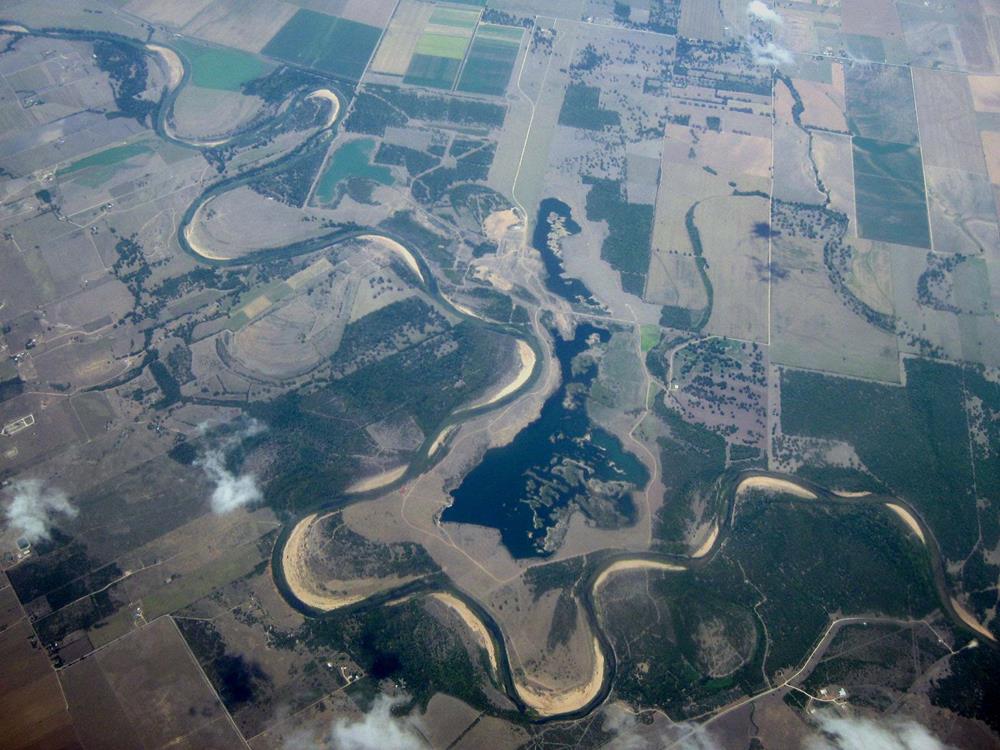Columbus, Texas, is a small city located in Colorado County, in southeastern Texas. It is strategically situated along the Colorado River, about 74 miles west of Houston and 125 miles east of San Antonio. Founded in the early 19th century, Columbus has a rich historical heritage and serves as the county seat of Colorado County. The city is known for its picturesque landscapes, historical architecture, and vibrant community events, making it a significant cultural and historical hub in the region.
Early History
Columbus, Texas, has its roots in the history of indigenous peoples who lived in the region long before European exploration. The area was originally inhabited by various Native American tribes, including the Karankawa and Tonkawa, who utilized the rich resources of the Colorado River for sustenance and trade. These early inhabitants established complex societies with their own cultural practices and traditions.

The first Europeans to explore the area around Columbus were Spanish explorers in the 16th and 17th centuries. In 1687, the French explorer Robert Cavelier de La Salle traveled through the region as he attempted to establish French claims in Texas. Despite these early explorations, significant European settlement did not occur until the early 19th century.
One of the notable explorers who contributed to the early mapping and understanding of the Columbus area was Stephen F. Austin. Known as the “Father of Texas,” Austin led the first successful colonization of the region by Anglo-Americans in the 1820s. His efforts paved the way for further settlement and development in the area.
The establishment of early settlements in Columbus began in the 1820s, primarily with settlers from the United States. In 1823, the area was settled by members of Austin’s Old Three Hundred, the first group of Anglo-American families to settle in Texas. By 1835, the settlement that would become Columbus was well-established, with a small but growing population.
Development in the 19th Century
The population of Columbus grew steadily during the 19th century. By 1840, the town had around 300 residents. This number continued to rise, reaching approximately 600 by the mid-1850s. The growth was driven by a combination of immigration from other parts of the United States and natural population increase.
By the 1850s, the city had established essential facilities, including schools, churches, and businesses. The construction of roads and bridges enhanced transportation and trade, connecting Columbus to other parts of Texas. In 1869, the arrival of the Gulf, Colorado and Santa Fe Railway further boosted the city’s connectivity and economic prospects.
Contributions to Texas Independence
Columbus played a notable role in the Texas Revolution against Mexico. The town was a strategic location for the Texian army, serving as a site for mustering troops and supplies. In March 1836, residents of Columbus fled in the “Runaway Scrape” as Santa Anna’s forces advanced, but the area later became a site of Texian reorganization and resilience.
The people of Columbus contributed to Texas independence by providing soldiers and support for the revolutionary cause. Many residents joined the Texian army, and the town’s resources were utilized to aid the fight for independence. After the decisive Battle of San Jacinto on April 21, 1836, which secured Texas independence, Columbus began to rebuild and grow as part of the newly formed Republic of Texas.
Economic Activities
Agriculture and ranching were primary industries, with cotton, corn, and livestock being the main products. The fertile land along the Colorado River supported these activities, attracting more settlers to the area.

Trade and commerce in Columbus were bolstered by its strategic location and transportation links. The Colorado River provided a means for transporting goods, and the arrival of the railroad in the late 19th century enhanced trade further. Local businesses, including general stores, blacksmiths, and cotton gins, supported the community and facilitated economic growth.
Civil War and Reconstruction
As part of the Confederacy, many of the town’s men enlisted to fight in the Confederate army, leaving behind families and businesses. The war disrupted local economies and daily life, leading to shortages of goods and resources.
While no major battles were fought in Columbus, the town was involved in the broader conflict. Local men joined various Confederate units, including Terry’s Texas Rangers and Hood’s Texas Brigade. The end of the war in 1865 brought significant changes, as the community had to transition from a war footing to peacetime reconstruction.
Reconstruction Era
The Reconstruction era, following the end of the Civil War, was a time of rebuilding and adjustment for Columbus. This period saw efforts to rebuild the economy and infrastructure damaged by the war. The Reconstruction policies implemented by the federal government also brought political and social changes, sometimes leading to tensions within the community.
The local economy gradually recovered as agriculture resumed and trade improved. Infrastructure projects, such as repairing roads and bridges, were essential to restoring normalcy and facilitating economic growth.
20th Century Progress
The 20th century brought significant modernization and industrialization to Columbus, Texas. The advent of the automobile and improved transportation infrastructure, including paved roads and highways, transformed the town’s landscape. Electricity and telephone services were introduced, connecting Columbus more closely with the rest of the state and country.
Urban Development
Throughout the 20th century, urban development in Columbus accelerated. Residential areas expanded to accommodate the growing population, and new public facilities, such as schools, hospitals, and parks, were established. The downtown area saw renovations and new constructions, enhancing the town’s commercial and cultural appeal.
Significant advancements were made in education, with the construction of new schools and the improvement of educational programs. Public services, including healthcare and emergency services, were enhanced to better serve the community. Cultural events, such as fairs, festivals, and parades, became integral parts of community life, celebrating local heritage and fostering a sense of unity.
Notable Figures
One prominent individual is Benjamin Beason, who is considered one of the founders of Columbus. He played a crucial role in the early settlement and development of the area, helping to establish a thriving community.
Another important figure is James Stephen Hogg, who served as the first native-born Governor of Texas from 1891 to 1895. Though not born in Columbus, Hogg had strong ties to the area through his family, and his contributions to Texas politics and reform have left a lasting legacy.
Additionally, Nancy Foster Stearns, a well-known philanthropist and community leader, made significant contributions to the cultural and social development of Columbus. Her efforts in promoting education and supporting local institutions have had a lasting impact on the community.
Finally, Eli Mercer, an influential early settler and surveyor, played a significant role in mapping and developing the region. His work in surveying land and establishing boundaries was instrumental in the orderly growth and expansion of Columbus during its formative years.
Key Landmarks:
- Stafford Opera House: Built in 1886.
- Courthouse: A notable building in the area.
- Beeson’s Ferry: Essential during the town’s early days.
- Alley Log Cabin: Represents early American settlements.
- Historical Sites: Various markers and museums preserve the rich history.
Conclusion
From its early days as a settlement in the 1820s, through its role in the Texas Revolution, to the challenges of the Civil War and Reconstruction, Columbus has continually adapted and evolved. The 20th century brought modernization and industrialization, transforming the town while preserving its historical roots.


